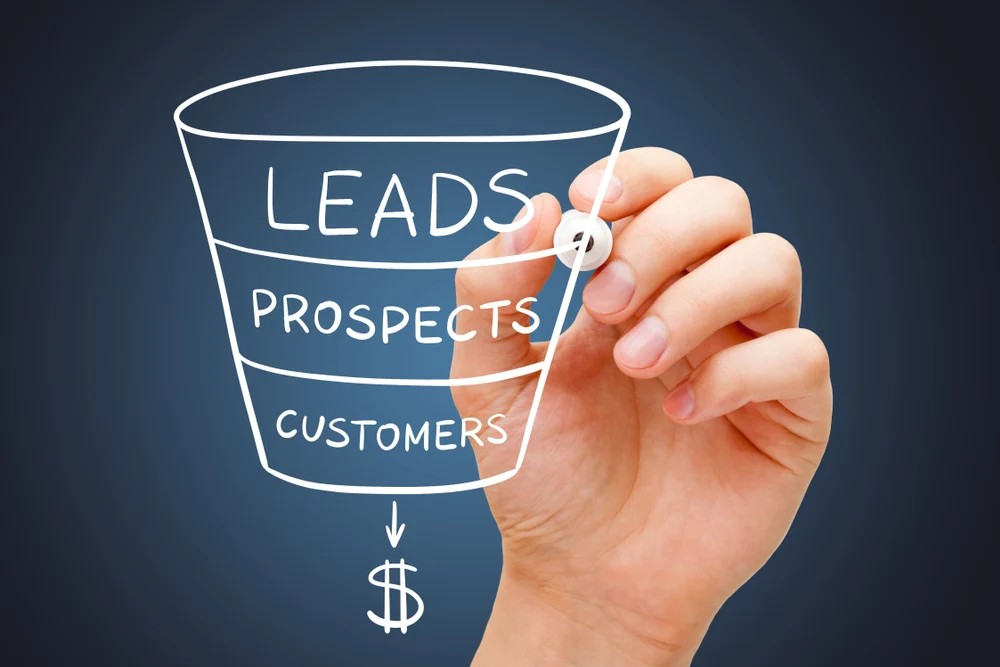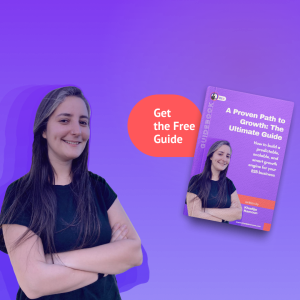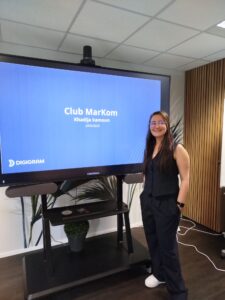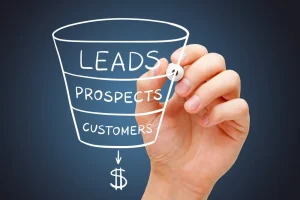The behind-the-scenes strategy, execution, and lessons from building a scalable B2B demand generation machine globally
When people hear “65 countries,” they often think about scale; what they should think about is system. Because if there’s one thing I learned while building a lead engine that generated demand across five continents, it’s that scale without structure leads to chaos.
In this article, I will walk you through exactly how I did it from strategic foundations to tactical execution; including the tools I used; the team I worked with; and the mistakes I never want to repeat. If you’re building a global pipeline and want to generate qualified leads without burning out your team or wasting budget, this is for you.
1. The Strategy: Think Local, Operate Global
The first rule I learned is simple: there is no such thing as “global messaging.” What works in France rarely works in Brazil; what converts in Germany often falls flat in Saudi Arabia.
To overcome this, I built a system that operated globally but felt local by design:
-
I started with market segmentation by region: EMEA, APAC, Americas, and MENA
-
Each region had its own buyer personas; maturity levels; pain points; and channel preferences
-
We used language, tone, timing, and offers tailored to each market—even when the product stayed the same
👉 Lesson: Don’t just translate content; translate context. That’s how you generate attention and trust in 65 different realities.
2. The Foundation: CRM; Data; and Attribution
We used Odoo as our CRM because it connected directly with our ops; dashboards; and distributor workflows. But the tech stack was only as good as the data behind it.
So we built:
-
Unified lead definitions and qualification rules so France and Mexico spoke the same marketing language
-
Segmentation by region; industry; company size; and intent signals
-
A central lead scoring model, enriched by tools like Clearbit and Dropcontact, but adjusted for local buying behavior
Attribution was critical. If we didn’t know where the leads were coming from; we couldn’t double down or fix the gaps. I implemented first-touch and last-touch tracking across paid; organic; email; and referral channels. This allowed us to understand not just what generated the lead, but what closed the deal.
👉 Lesson: You can’t scale what you can’t trace. Attribution is not a nice-to-have, it’s the compass of your lead engine.
3. The Channels: Built for Volume; Tuned for Precision
We didn’t spray and pray. We engineered a system that could generate pipeline at scale without sacrificing quality.
Here’s how we approached it:
➤ Cold Email (Structured at Scale)
-
Using a mix of manual personalization and automation (Apollo; Lemlist; and sometimes Mailmeteor)
-
Each campaign was segmented by use case and persona; not just country
-
We localized subject lines; value propositions; and CTAs
-
Deliverability was monitored closely with warmup tools and domain rotation strategies
➤ LinkedIn (Organic + Paid Synergy)
-
We trained the team to build strong personal brands; comment intelligently; and engage with prospects authentically
-
We launched retargeting ads on LinkedIn to warm up existing audiences with social proof; video testimonials; and downloadable assets
-
In markets where LinkedIn wasn’t popular (like parts of Southeast Asia); we pivoted to other platforms
➤ Strategic SEO and Content
-
Pillar pages based on regional keyword research
-
Use-case driven content for specific industries and sectors
-
Country-specific landing pages optimized for conversion with local testimonials; languages; and forms
➤ Webinars and Partner-Led Events
-
We co-hosted events with local distributors or resellers
-
Built lead forms and nurture flows using tools like WebinarJam and ActiveCampaign
-
Turned events into on-demand content for long-term nurturing
👉 Lesson: The right channels depend on the market; but a unified engine depends on standardizing execution while adapting the message.
4. Lead Nurturing: Don’t Just Generate, Convert
Leads are only valuable if they become opportunities. We put in place a multi-touch nurturing system:
-
Email sequences built by persona and stage of awareness
-
Local case studies and testimonials
-
Dedicated landing pages per use case with clear CTAs
-
Monthly reporting to monitor conversion rates by region and channel
One thing we did differently: we worked hand-in-hand with local salespeople and distributors. That meant constant feedback loops; demo booking scripts adapted to regional norms; and lead-sharing policies that prevented channel conflict.
👉 Lesson: A lead engine is not just marketing. It’s alignment between marketing; sales; operations; and local market actors.
5. The Dashboards: Real-Time Visibility Across Borders
Without visibility, you’re flying blind. I designed live dashboards using Google Data Studio, directly connected to our CRM. They tracked:
-
Lead generation by region and channel
-
Cost per lead and opportunity
-
Conversion rates from lead to MQL to SQL to win
-
Campaign performance by language and country
We reviewed these dashboards weekly with leadership and monthly with regional teams. This helped us shift budgets; improve messaging; and test new approaches with confidence.
👉 Lesson: Transparency drives accountability; but more importantly, it drives decisions. If your team can see the numbers, they can move faster.
6. The People: Team Structure That Enables, Not Bottlenecks
This kind of scale doesn’t happen with a siloed team.
I built a hybrid team with:
-
One central growth team owning strategy; systems; and tooling
-
Local marketing reps or distributor partners providing market context and execution
-
Clear playbooks, SOPs, and onboarding material to keep quality high across markets
When we onboarded new distributors in unfamiliar markets, we shared a lead generation starter pack—with content templates; email scripts; form settings; and more. It cut ramp-up time in half.
👉 Lesson: Empower local actors with global systems; and back them with training and trust.
Final Thought: Growth Doesn’t Scale, Systems Do
The most important thing I learned while building a lead engine across 65 countries is this: you don’t need to do everything yourself but you need to build a system where everything gets done, well.
That means:
-
Designing for flexibility without losing structure
-
Listening to local insights while maintaining global standards
-
Measuring everything that matters—but knowing when to ignore the noise
Global growth isn’t about having more tools; it’s about having the right approach.
If you’re starting this journey whether across 3 countries or 30 start with clarity; build with structure; and scale with empathy.






